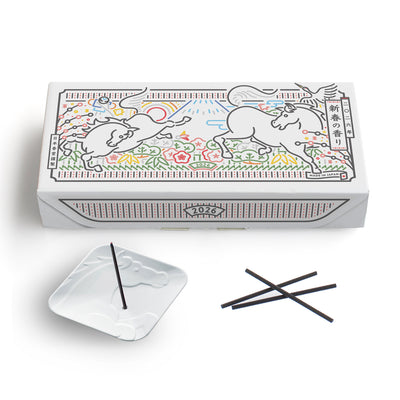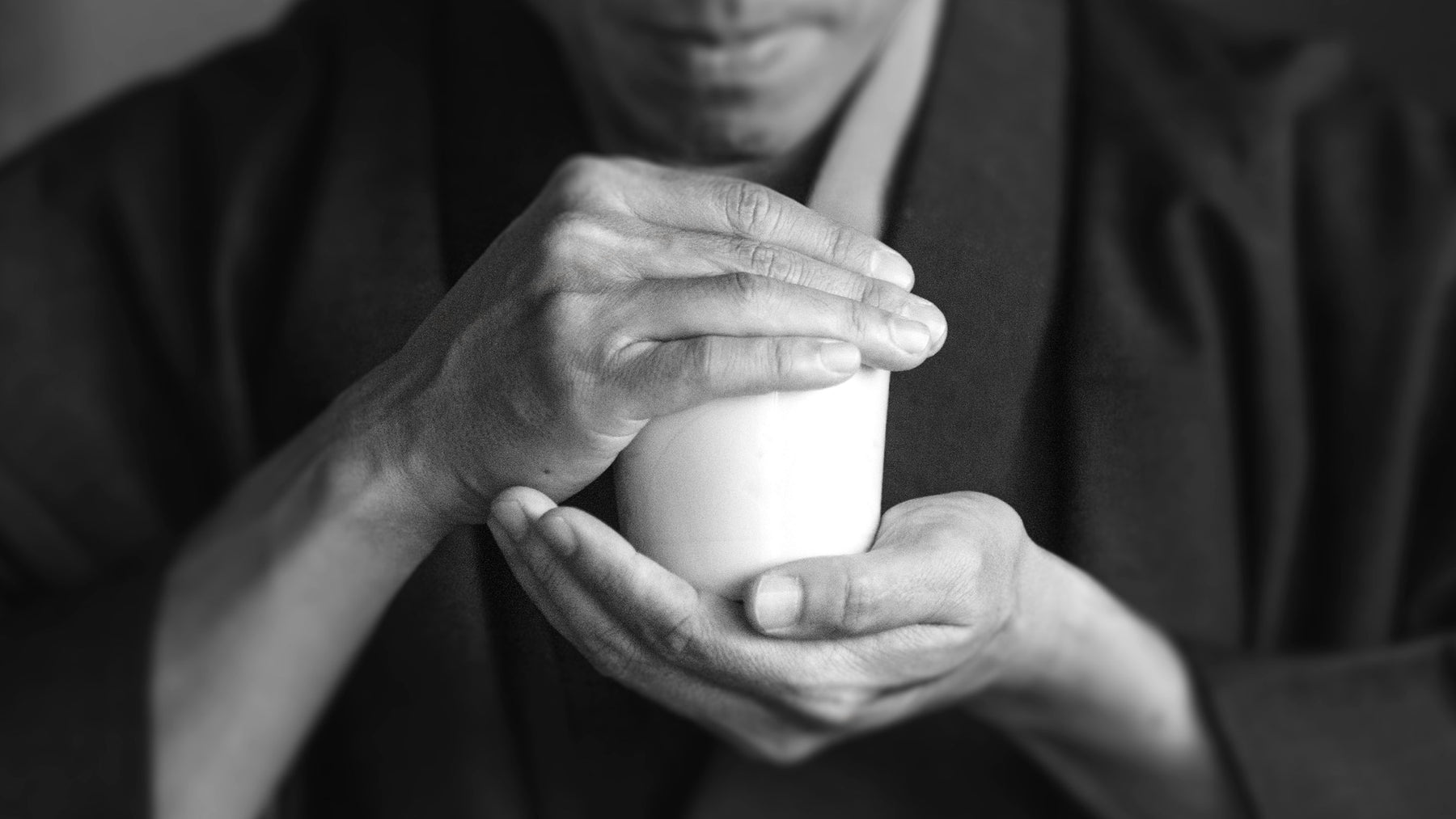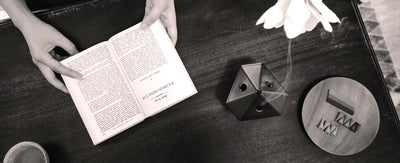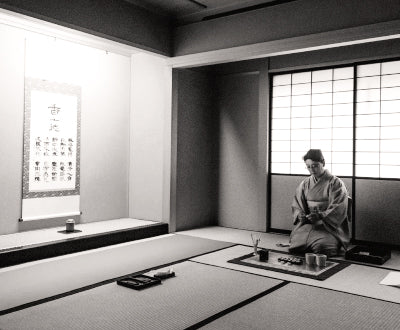Mica Plate
Placing the wood chips on top of the mica plates protects it from having direct contact with the heat. Comes ONE mica plate.
- How to use -
For those wanting the ultimate user experience: please use this product with the incense burner. You also will need Tadon Charcoal, Pale Blue Incense Burner, Incense Ceremony Tools - 7 pc set, Extra Fine Ash, and Wood Chips.































































